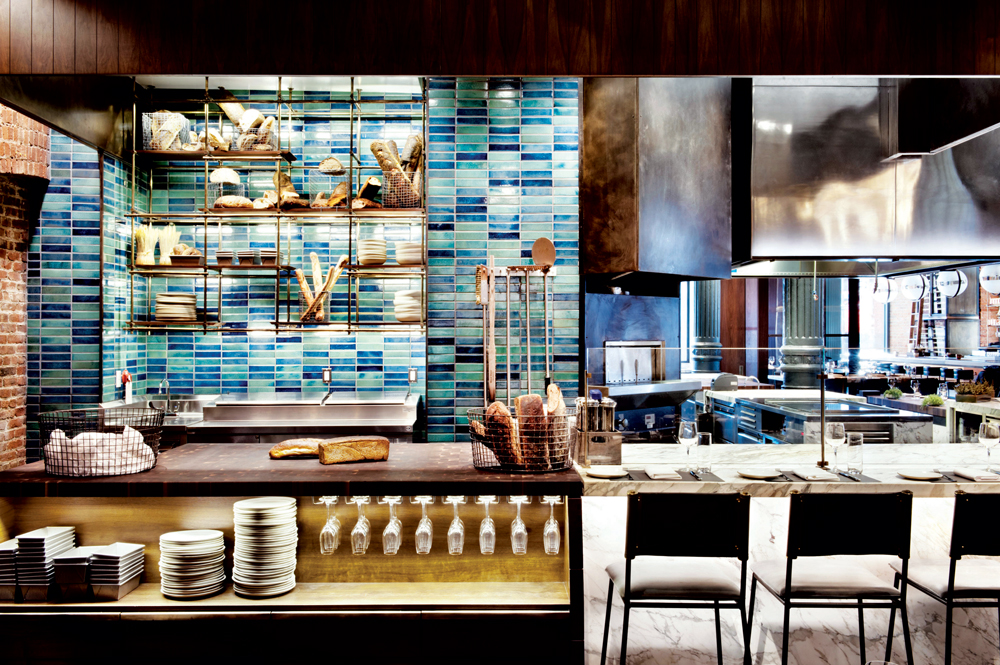
“I wanted to create a place for people to experience different types of food,” says Chefs Club Founder Stephane De Baets. So the Belgium-born New Yorker did just that. “People talk and hear about chefs, but unless they can travel to every corner of the planet, it is difficult to experience their food,” De Baets says.
Chefs Club is one of the most exciting manifestations of a culinary concept. The restaurants in the Chefs Club stable, all in the United States, welcome an impressive array of chefs, American and foreign, who take turns at a stint in the kitchen. This lets American diners experience the best of the best the world has to offer without having to travel far afield.
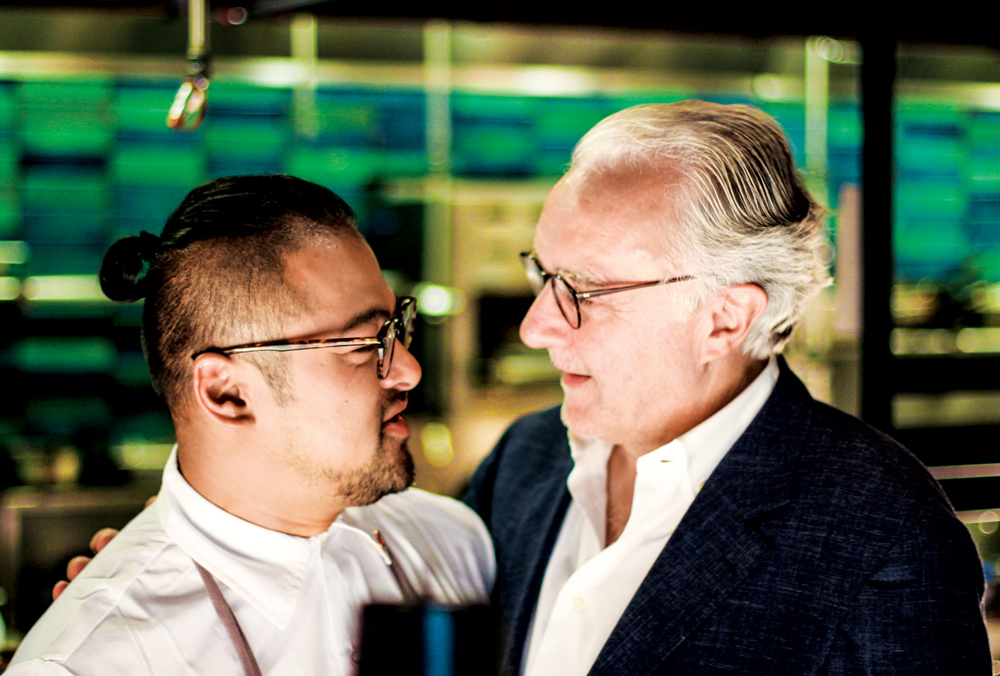
The idea was successful. Within four years of the opening of the original restaurant, in Aspen, Colorado, offshoots had sprouted in Manhattan and Brooklyn, one of them a variation on the theme called Chefs Club Counter. In a food porn, camera-eats-first, chef-worshipping world, the success of the Chefs Club chain is hardly surprising.
No other restaurant is like the Chefs Club restaurants. They offer an ever-changing selection of dishes made by the most outstanding chefs. They allow visiting chefs to do whirlwind takeovers of the kitchen. Each chef draws up his or her own fixed-price menu of dishes made with New York ingredients, putting a new spin on well-known dishes and so offering diners a chance to try something truly different.
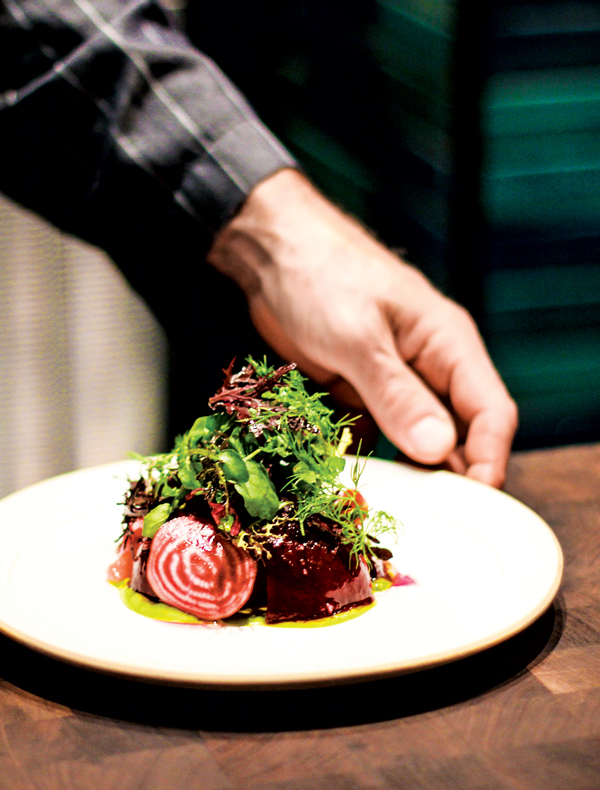
The co-founder of Black Sheep Restaurants in Hong Kong, Christopher Mark, describes Chefs Club restaurants as “something else”. The establishments are neither pop-ups nor conventional restaurants. “This is an event space for high-level chefs to work at,” Mark says. He speaks from experience. The chefs of two of his restaurants, Ho Lee Fook and Le Garçon Saigon, have taken over Chefs Club kitchens in the past year.
De Baets now counts the first offshoot to open, the New York Chefs Club, as the flagship establishment of the chain. He says it attracts more visiting chefs than the other restaurants. Those chefs include Alain Ducasse, Hélène Darroze and Emeril Lagasse. Over the years, De Baets has assembled an impressive team to help make his vision reality. The members include culinary director Didier Elena, who worked under Ducasse for 20 years, and curator Aaron Arizpe.

The curator is what I would call the “toque hunter”, choosing which chefs will be invited to Chefs Club to cook. Arizpe is passionate about his work and his zeal is infectious. “This is going to make me sound crazy,” he says, “but chefs, restaurants and food are pretty much the only things I think about, read about, write about and remain infinitely curious about, every waking hour of my life.” He has his finger on the pulse, closely following the international food news, constantly seeking out names of personalities that will mesh well with the Chefs Club ethos and bring something new and exciting to an otherwise saturated market for eating out.
Arizpe has pulled in chefs from around the globe: American, Australian, British, Chinese, Danish, Filipino, French, Indian, Israeli, Italian, Japanese, Korean, Mexican, Moroccan, Peruvian, Puerto Rican, Singaporean, Spanish, Thai, Turkish and Vietnamese chefs. But he keeps on coming back to Hong Kong to find talent. “There is a dynamism to Hong Kong that really resonates with our audience here in New York,” he says.
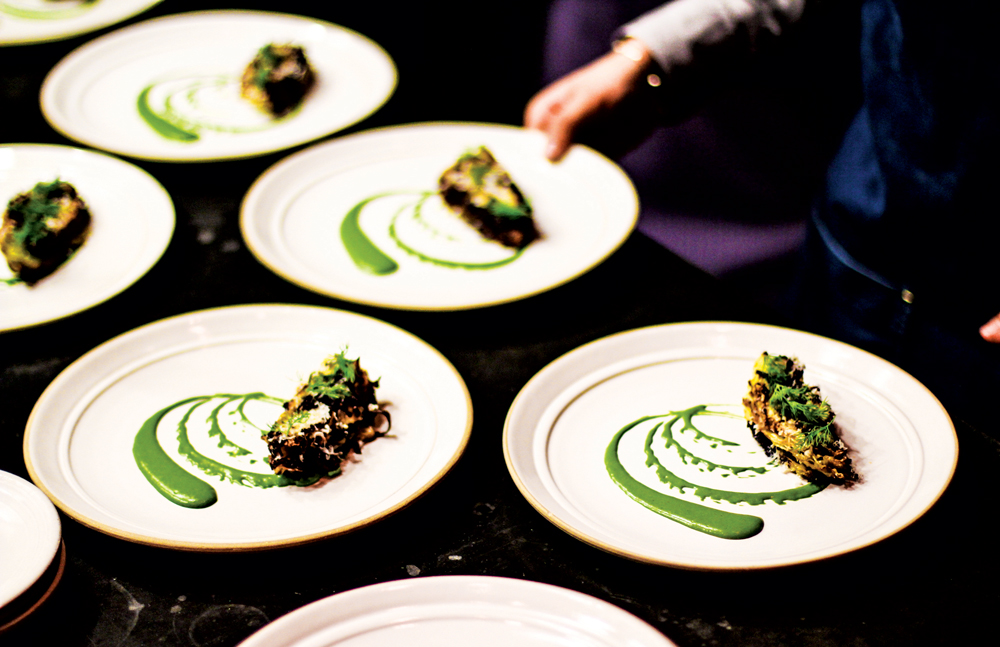
Arizpe’s knowledge of the Hong Kong dining scene is encyclopaedic. “I am really excited by what Daniel Calvert is doing at Belon. I’ve always been curious about May Chow and Kwok Keung Tung,” he says. The curator has already brought three Hong Kong chefs to Chefs Club: Jowett Yu of Ho Lee Fook; Matt Abergel of Yardbird, Rōnin and Sunday’s Grocery; and Bao La of Le Garçon Saigon.
Each of the three Hong Kong chefs has a distinctive style. Together, they not only present the best of the Hong Kong culinary scene but also represent the heart of it, its diversity. Yu, originally from Taiwan, has built an international fan base for his Chinese classics re-imagined. Abergel, a Canadian, has amassed a cult following with his new concepts of Japanese dining. La, from Brisbane, is changing the way Hong Kong sees Vietnamese food with his French-inspired brasserie of the type last seen in Saigon before the Vietnam War. The food each chef makes panders to the curiosity of New Yorkers. “New Yorkers are always willing to try new things,” De Baets says. “We offer them these new experiences, and they like it. Our mission is to bring joy through food.”
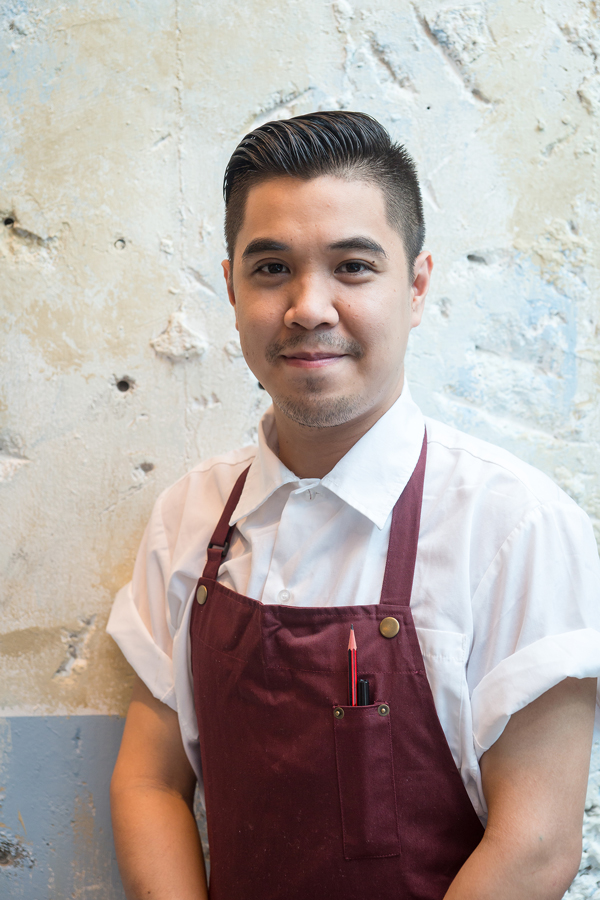
Chefs Club appeals to each Hong Kong chef differently. “They’ve created a platform where younger, emerging chefs can meet established chefs,” says La, a chef coming into his own. “The name Chefs Club really does describe the atmosphere.” Chefs Club has become an exchange for recipes, techniques and accounts of experiences, a theatre for demonstration and instruction, and a base for the foundation of networks and reputations.
For Abergel, the owner of three successful restaurants, cooking at Chefs Club is an adventure. “More often than not, it’s less of a business decision and more of us taking the opportunity to travel with our team and do what we love,” he says. Abergel was the first chef to take over Chefs Club Counter, the quick-and-casual dining offshoot that opened in March.
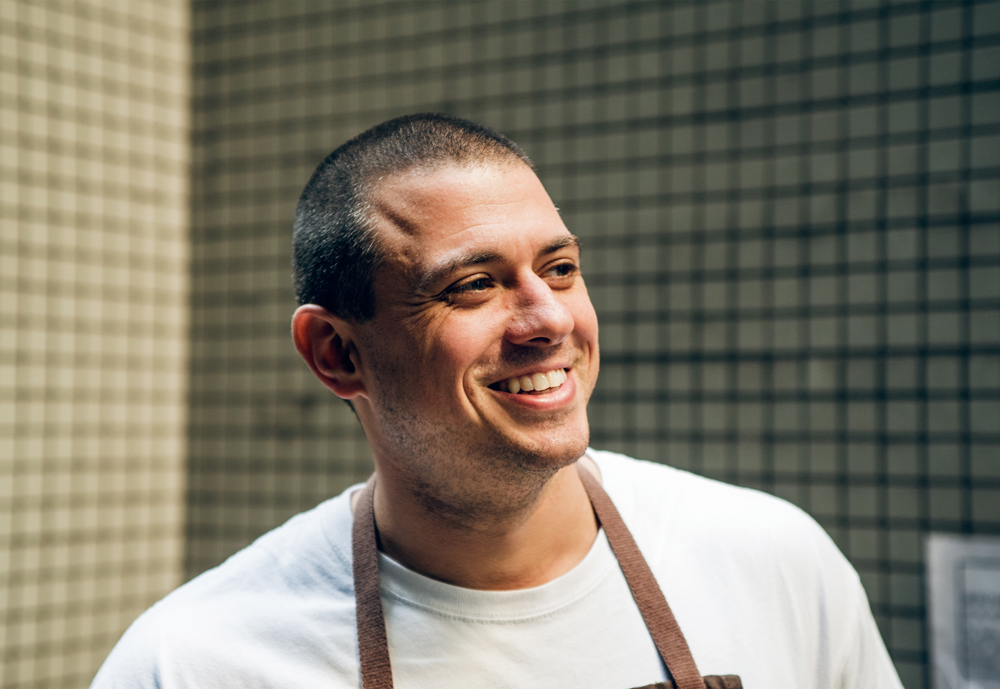
Hong Kong people are obsessed with the exotic, constantly importing dining concepts, cuisines and even chefs. The Chefs Club’s interest in the talent in Hong Kong shows the tide has turned. “We’re honoured to have some home-grown concepts that people in other cities want to experience,” Mark says.
Hong Kong is no longer just a destination for dim sum and Chinese specialities. It is a fount of ideas that cross the boundaries between cuisines and nations, ideas for creating new, exciting kinds of food that the rest of the world is eager to taste.
This article first appeared in the September 2017 print issue of #legend magazine.





